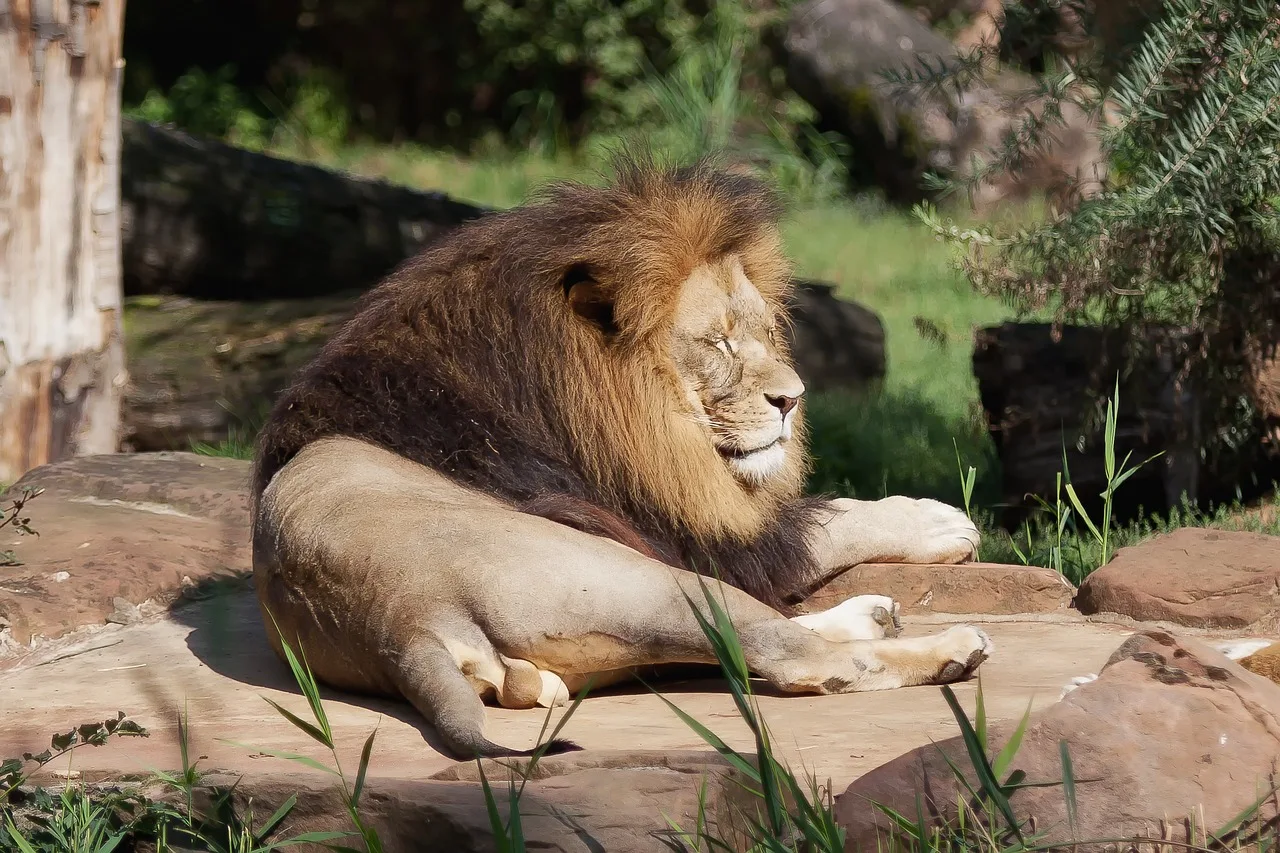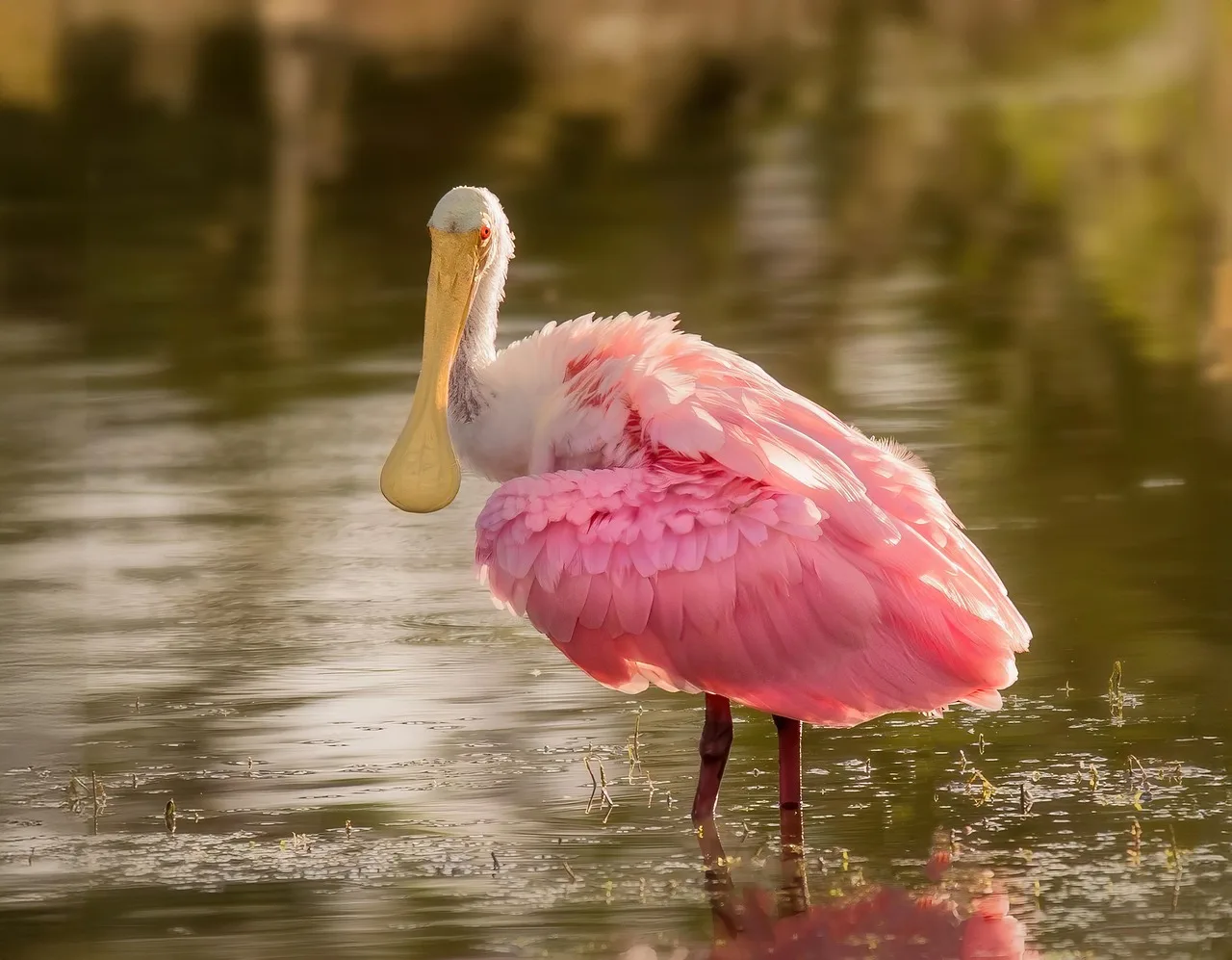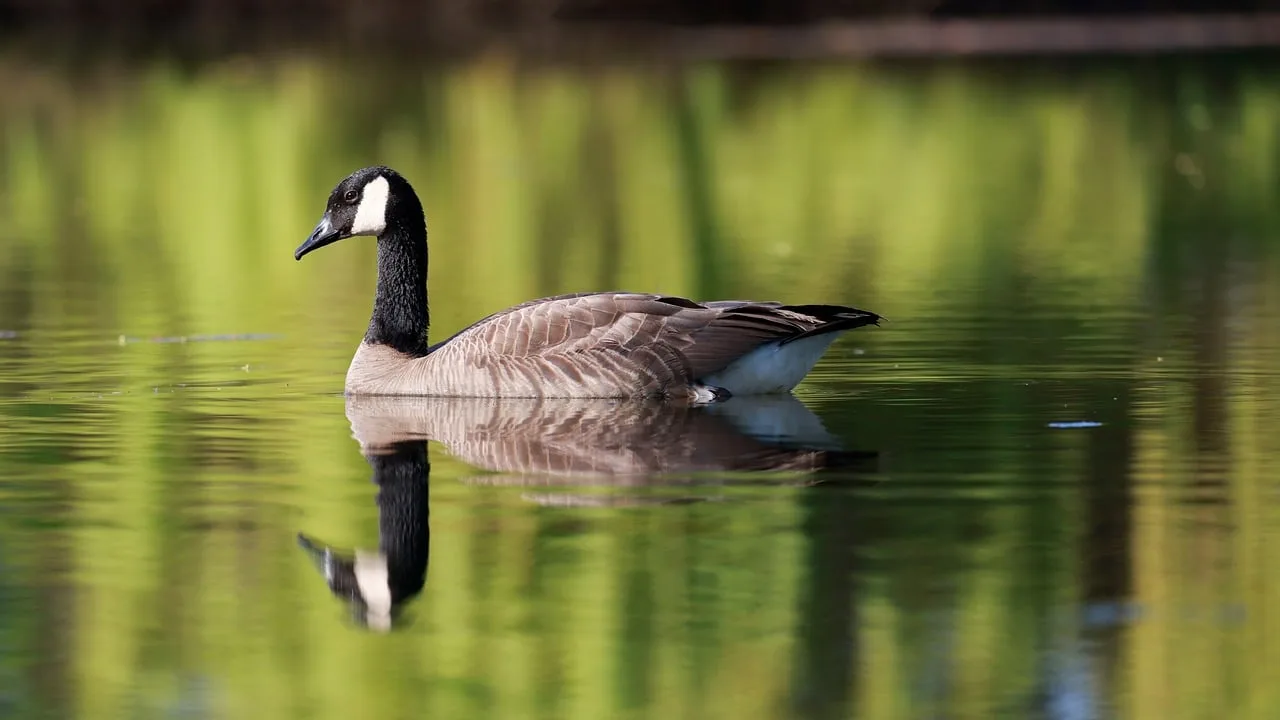Table of Contents
Unforgettable Wildlife Encounters During Your Travels
What if every trip could offer an extraordinary wildlife encounter that leaves an indelible mark on the traveler’s memory? Such experiences often elevate a travel journey from mere exploration to lifelong fascination. The connection between travelers and wildlife can be deeply profound, revealing not only the beauty of nature but also the importance of conservation.

Understanding the Appeal of Wildlife Encounters
Encounters with wildlife are often life-changing moments that occur unexpectedly, creating cherished memories. These experiences can range from observing the majestic migration of animals to intimate interactions with local fauna. For many travelers, these encounters ignite a sense of wonder, fostering appreciation for biodiversity and the delicate balance of ecosystems.
The Impact of Wildlife Experiences on Travelers
Wildlife encounters have a remarkable ability to shift perceptions. They can awaken a sense of responsibility towards environmental issues and inspire individuals to advocate for wildlife conservation. Such experiences frequently encourage people to share their stories, spreading awareness about the importance of protecting endangered species and their natural habitats.
Planning for Wildlife Encounters
Careful planning is essential for ensuring unforgettable wildlife experiences during travels. It includes factors such as optimal timing, understanding local regulations, and selecting responsible tour operators. Each aspect is vital to enhance the overall experience while minimizing environmental impact.
Best Times to Encounter Wildlife
Various wildlife species have specific migration patterns or breeding seasons that significantly influence the timing of travel. Travelers should conduct thorough research about the best months to observe particular species based on their chosen destinations. For example, visiting East Africa during the Great Migration in July can offer awe-inspiring views of wildebeest traversing the Serengeti.
Researching Responsible Tour Operators
Choosing an ethical and sustainable tour operator is paramount. Such companies prioritize the well-being of animals and local communities, ensuring that tourism does not disrupt natural habitats. Reviews and recommendations from other travelers provide essential insights into the integrity and reliability of operators.

Iconic Wildlife Destinations
Around the globe, certain destinations are renowned for their remarkable wildlife encounters. Each location offers a unique experience, attracting travelers eager to witness the extraordinary.
The Serengeti National Park, Tanzania
One cannot discuss wildlife encounters without mentioning the Serengeti National Park. This UNESCO World Heritage site is celebrated for the Great Migration, where millions of wildebeests, zebras, and antelopes move in search of greener pastures. The sight is both magnificent and humbling. Safari tours provide various perspectives—some opt for hot air balloon rides at dawn, while others prefer jeep safaris through the savannah.
The Galápagos Islands, Ecuador
The Galápagos Islands are a living laboratory of evolution, where unique species thrive, unaffected by human influence. Travelers can witness giant tortoises, marine iguanas, and blue-footed boobies in their natural habitats. Snorkeling with playful sea lions or observing turtles laying eggs on the beach offers encounters that are unforgettable. Guided tours enhance the experience by providing context about the conservation efforts necessary to preserve this fragile ecosystem.
Yellowstone National Park, USA
Home to a variety of wildlife, Yellowstone is a paradise for animal lovers. Visitors can expect to see bison, elk, and even wolves in their natural surroundings. The park’s geothermal features add an extraordinary backdrop to wildlife viewing. Engaging with park rangers can enhance understanding of the delicate balance of this ecosystem and the ongoing conservation efforts.
Local Tips for Memorable Wildlife Experiences
A successful wildlife encounter is often influenced by local knowledge and insider tips. Engaging local guides is invaluable; they possess rich knowledge about the wildlife, their habitats, and the best times for spotting different species.
Understanding Animal Behavior
Educating oneself about the behavior of specific animals can greatly enhance the encounter. For instance, understanding feeding times, migration paths, or mating rituals allows travelers to position themselves for optimal viewing.
Respecting Wildlife and Their Habitats
The significance of maintaining distance from wildlife cannot be overstated. Respecting established protocols not only safeguards travelers but also ensures that the animals remain undisturbed. Ethical wildlife tourism encourages a deeper appreciation for the animals rather than mere voyeurism.

Enriching Cultural Experiences Linked to Wildlife
Wildlife encounters are often enriched through cultural experiences that connect travelers with local communities. Meeting indigenous peoples and hearing their stories about coexisting with wildlife adds depth to the encounter.
Learning from Indigenous Practices
Indigenous communities possess knowledge about wildlife that spans generations. Engaging with these communities can reveal traditional practices that honor and protect local fauna. These learning experiences often shape respectful interactions with nature and foster a broader understanding of environmental stewardship.
Celebrating Local Wildlife Festivals
Many regions celebrate local wildlife through festivals that honor their unique heritage. For instance, the “Balloon Fiesta” in Albuquerque, New Mexico, features colorful hot air balloons and promotes wildlife conservation. Participating in such events adds layers of richness and community spirit to wildlife encounters.
Safety and Sustainability in Wildlife Tourism
While seeking unforgettable wildlife experiences, ensuring personal safety, and promoting sustainability is crucial. Planning ahead can streamline the process and maximize enjoyment while mitigating risks.
Personal Safety Measures
Before participating in wildlife activities, consideraration of personal safety is vital. Maintaining awareness of surroundings, following safety instructions from guides, and respecting wildlife boundaries are critical measures travelers should take.
Sustainable Practices
Travelers are encouraged to minimize their carbon footprint by considering eco-friendly options such as wildlife-friendly accommodations, responsible transport methods, and opting for carbon offset programs. Engaging in activities that directly contribute to conservation efforts can also enhance the impact of travel.

Budgeting for Wildlife Experiences
Budgeting is an integral aspect of planning a wildlife-focused trip. Understanding costs associated with different experiences allows for informed decisions, ensuring that unforgettable encounters remain within financial reach.
Breaking Down Expenses
Expect expenses to include transportation costs, accommodation, entrance fees for parks, and guided tours. Below is a sample breakdown of expenses travelers may face during a wildlife-focused journey:
| Expense Type | Estimated Cost (USD) |
|---|---|
| Accommodation (per night) | $100 – $300 |
| Guided Safari Tour (per day) | $200 – $500 |
| Park Entrance Fees | $50 – $100 |
| Transportation (within destination) | $50 – $150 |
| Meals (per day) | $40 – $100 |
Tips for Budget Management
Travelers can manage costs effectively by planning ahead. Many parks offer discounted entrance fees during off-peak periods, and booking accommodations in advance can yield better rates.
Frequently Asked Questions
Seeking clarity on various aspects of wildlife encounters can enhance travel experiences. Below are common inquiries often posed by travelers:
What is the best time to visit national parks for wildlife viewing?
While it depends on the location, early mornings and late afternoons tend to be the best times for wildlife viewing. Many animals are more active during these cooler parts of the day.
How can one ensure responsible interactions with wildlife?
Maintaining a respectful distance, minimizing noise, and following guides’ instructions are essential for responsible interactions with wildlife.
Are there risks associated with wildlife encounters?
While most wildlife encounters are safe, certain risks such as wildlife attacks or zoonotic diseases exist. Engaging with knowledgeable guides can mitigate these risks significantly.

Recognizing the Unforgettable Charm of Wildlife Encounters
Wildlife encounters have the power to transform and energize the travel experience. Through carefully planned trips that emphasize responsible tourism, travelers can create unforgettable memories while promoting conservation efforts globally.
Continuing the Journey
For those who have experienced the wonder of wildlife, the journey does not end with a single trip. The insights gained inform future travels and encourage others to embark on their own adventures. Sharing these experiences further enriches the community of explorers committed to preserving the beauty of the natural world for generations to come.
In conclusion, recognizing the links between travel, wildlife encounters, and conservation can make travels richer and more meaningful. Each journey offers a chance to connect not only with nature but with oneself, fostering a lifelong passion for exploration and stewardship. As travelers continue to venture into the wild, they carry with them the joys, responsibilities, and, most significantly, the unforgettable memories birthed from their encounters with wildlife.
✈️ Hot – Anantya Serengeti, Banagi, Tanzania
Maximizing Your Bleisure Travel Experience: Combining Work and Play
